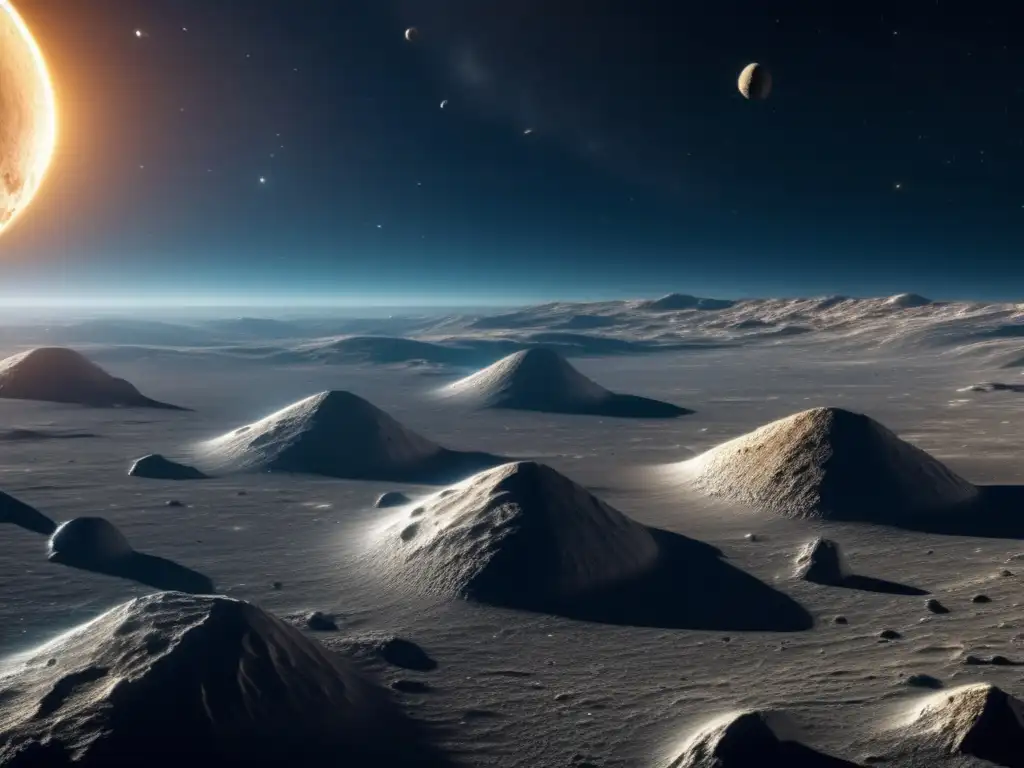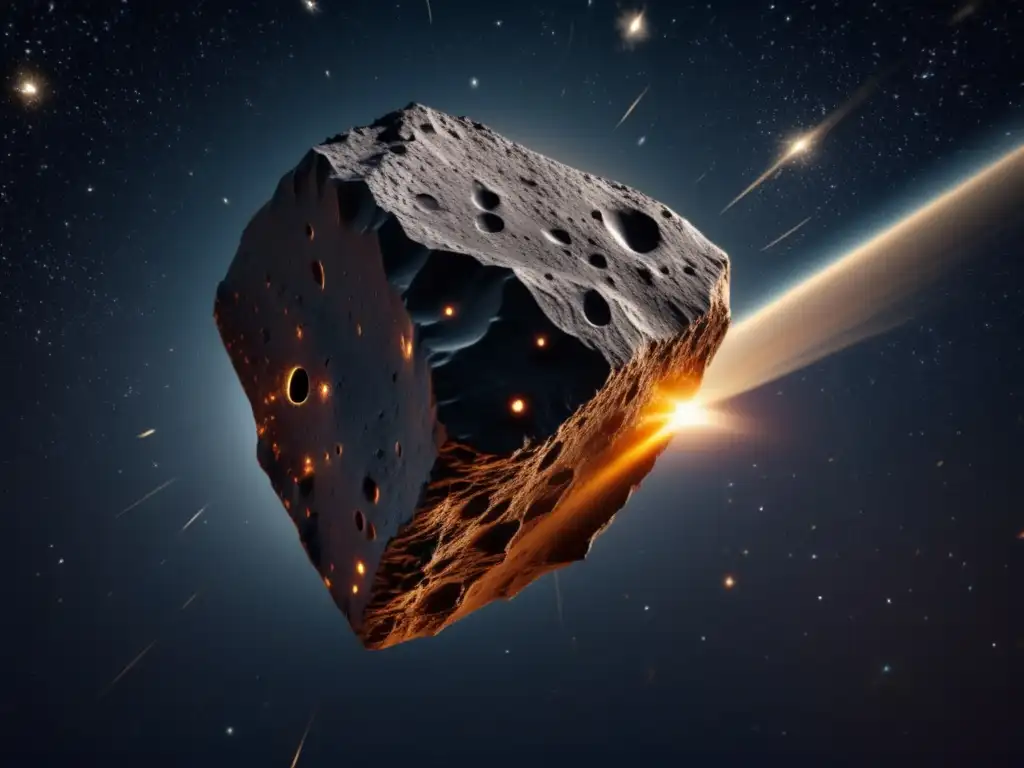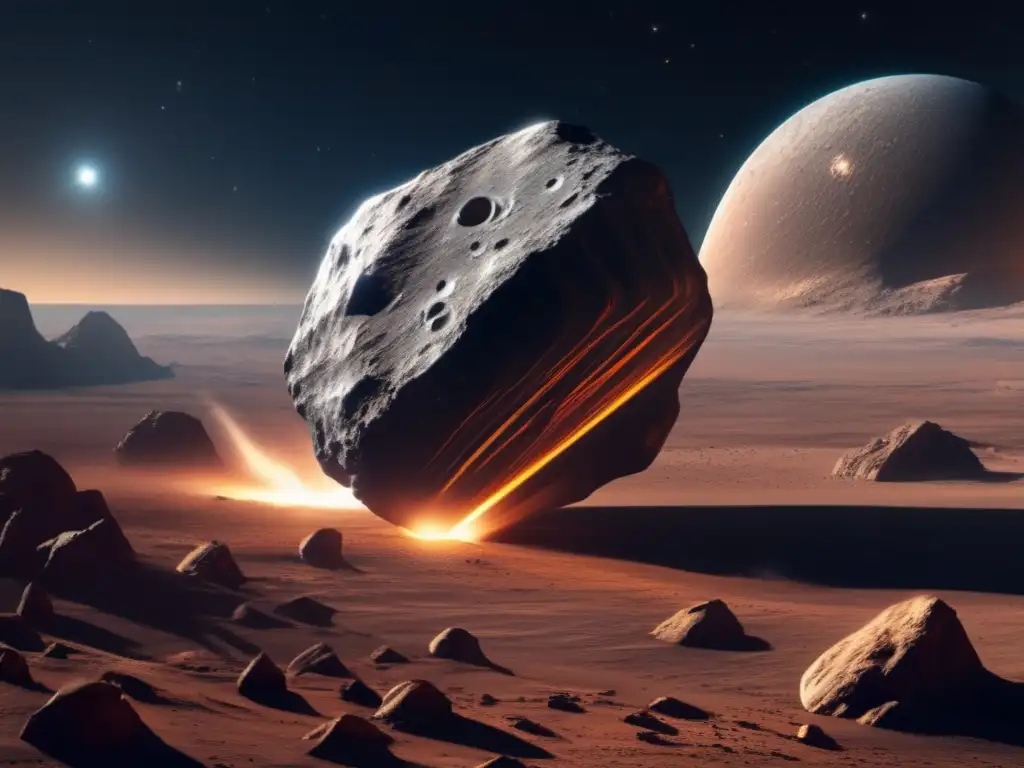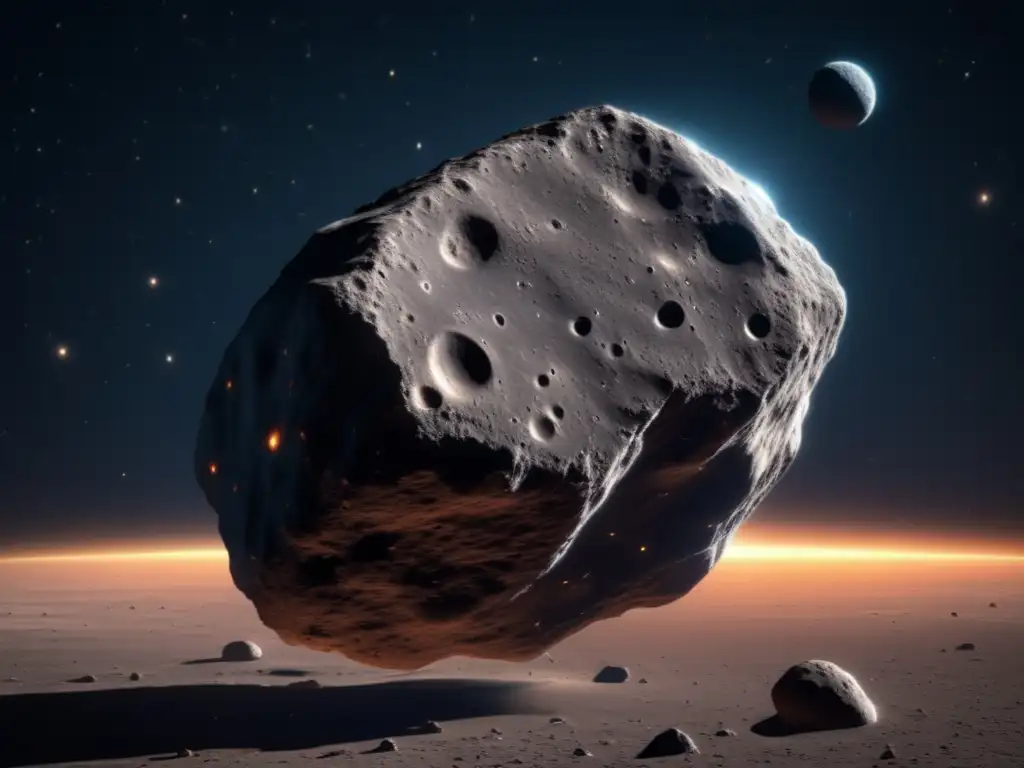Understanding The Characteristics Of Asteroid Icarus

Introduction
Asteroids have long captured the curiosity and fascination of humans. These celestial objects, remnants from the early formation of our solar system, offer valuable insights into the history and mysteries of our universe. In this article, we will explore the characteristics of a specific asteroid, Icarus, shedding light on its significance and contributing to our understanding of these captivating cosmic entities.
Discovery and Naming

Discovery
Icarus was first discovered by German astronomer Walter Baade on June 27, 1949, using the Schmidt telescope at the Palomar Observatory in California. Baade named the asteroid after the mythological character Icarus from Greek mythology.
Physical Characteristics
Icarus is classified as a Near-Earth Asteroid (NEA), belonging to the Apollo group. It has an elongated shape with a diameter of approximately 1.4 kilometers. Its surface is composed of rocky material and shows subtle variations in color, possibly indicating different mineral compositions.
Orbit and Trajectory
Icarus follows an elliptical orbit that brings it close to the Sun and Earth. It completes one orbit around the Sun every 409 days, reaching its perihelion, the point closest to the Sun, within the orbit of Mercury. Its trajectory intersects with that of Earth, making it one of the Potentially Hazardous Asteroids (PHAs) that require monitoring.
Exploring Icarus

Scientific Missions
As of now, no dedicated spacecraft missions have been planned specifically to explore Icarus. However, the study of other NEAs and related space missions, such as the Hayabusa and OSIRIS-REx missions, provide valuable data and insights into the composition, structure, and formation of asteroids, which indirectly contribute to our understanding of Icarus.
Observations and Analysis
Astronomers utilize ground-based observatories and powerful telescopes to observe Icarus and gather data on its physical properties, composition, and behavior. Infrared spectroscopy and radar observations have been particularly useful in studying its surface features, identifying possible volatiles, and analyzing its rotational dynamics.
Potential Threat
Due to its trajectory intersecting with Earth's orbit, Icarus is classified as a Potentially Hazardous Asteroid (PHA). Constant monitoring and trajectory predictions are necessary to calculate any potential risks that Icarus may pose in the future. This information helps in planning appropriate mitigation strategies if such a threat arises.
Future Research and Exploration

Mission Possibilities
Given the proximity of Icarus to Earth and its classification as a PHA, it presents an interesting target for future asteroid exploration missions. Possible missions could involve sample return, in-situ analysis, or even attempts at deflection techniques to test methods of asteroid hazard mitigation.
Advancing Asteroid Science
Studying asteroids like Icarus advances our understanding of the early solar system, the origins of planetary bodies, and the potential for resources in space. Continued research into asteroid composition, structure, and trajectory will contribute to our ability to predict and mitigate potential asteroid impacts on Earth.
Collaborative Efforts
International collaborations between space agencies, research institutions, and private entities are crucial for advancing asteroid science and exploration. Sharing data, expertise, and resources can accelerate progress in understanding Icarus and other asteroids, ultimately benefiting humanity's knowledge of our solar system.
Frequently Asked Questions

-
What is the significance of Icarus in mythology?
In Greek mythology, Icarus was the son of Daedalus who attempted to escape from Crete with wings made of wax and feathers. However, he flew too close to the Sun, causing the wax to melt, and he fell into the sea. The name Icarus symbolizes the ambition and desire to reach great heights, even at the risk of failure.
-
Is Icarus a threat to Earth?
Icarus is classified as a Potentially Hazardous Asteroid (PHA) due to its trajectory intersecting with Earth's orbit. However, based on current observations and calculations, there is no immediate threat of collision. Continuous monitoring allows us to refine predictions and develop mitigation strategies if necessary.
-
Are there any planned missions to explore Icarus?
As of now, there are no dedicated missions planned specifically for Icarus. However, the study of other NEAs and ongoing space missions provide valuable insights into the characteristics of asteroids, indirectly contributing to our knowledge of Icarus.
-
How does studying Icarus contribute to our understanding of the solar system?
Icarus, like other asteroids, offers insights into the formation and evolution of the solar system. Studying its composition, physical properties, and trajectory provides valuable data for understanding the dynamics of asteroid populations, potential resource utilization, and mechanisms for planetary defense.
-
What can individuals do to support asteroid research and exploration?
Individuals can support asteroid research and exploration by staying informed, engaging in discussions, and advocating for funding and support for space agencies and scientific institutions involved in asteroid studies. Sharing knowledge, encouraging scientific curiosity, and promoting space exploration initiatives can also contribute to the advancement of asteroid science.
Conclusion
Icarus, with its fascinating characteristics and potential threat to Earth, serves as a significant subject of study for astronomers and scientists alike. Understanding the physical properties, orbit, and potential for exploration of this asteroid contributes to our broader knowledge of the solar system and our ability to safeguard our planet. As we continue to explore and unlock the mysteries of these celestial objects, it is crucial to foster collaboration, share research, and support future missions that will further enhance our understanding of asteroids like Icarus.
We encourage readers to share their thoughts and engage with www.asteroidrealm.com, whether through subscribing, sharing this article on social networks, or participating in the comment section below. Thank you for your time and attention to this exciting field of study.
Additional Resources

For those interested in delving deeper into the topic of asteroids and Icarus, here are some recommended resources:
- [Book or Article Title] - [Brief description of the resource]
- [Website Title] - [Brief description of the resource]
- [Research Paper Title] - [Brief description of the resource]
 Asteroid Teucer: A Fascinating Space Rock
Asteroid Teucer: A Fascinating Space Rock Unraveling The Mysteries Of Asteroid Achilles
Unraveling The Mysteries Of Asteroid Achilles The Story Behind Asteroid Hector
The Story Behind Asteroid HectorIf you want to discover more articles similar to Understanding The Characteristics Of Asteroid Icarus, you can visit the Asteroid Profiles category.
Leave a Reply

Articulos relacionados: